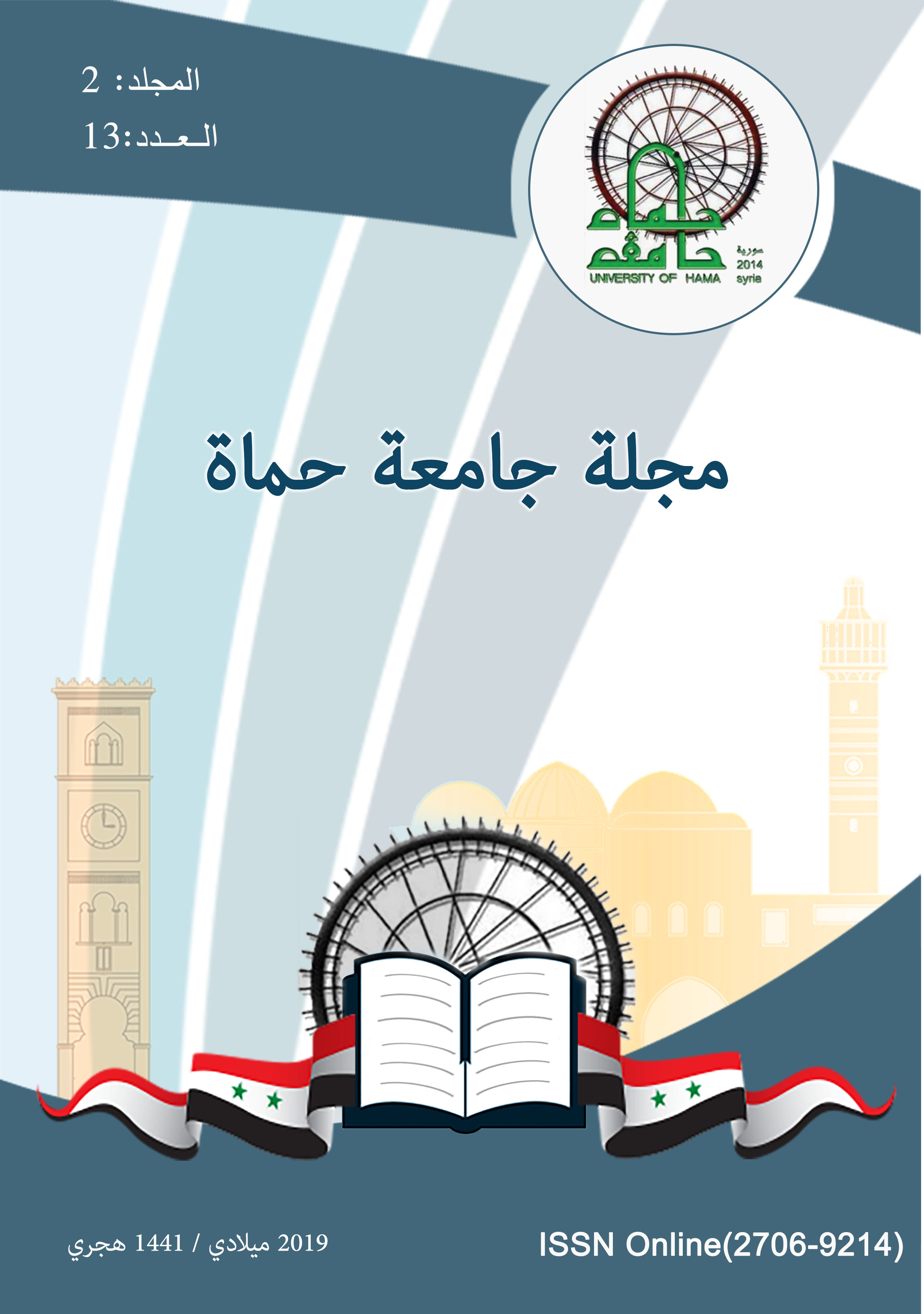The Epidemiological Study of Ovine Mastitis Cases in Middle Region of Syria
الملخص
The study was carried out on (63) herds of two breeding systems for raising Awasi sheep, namely the nomadic system and the transhumant system from the governorates of Homs and Hama and their administrative areas. The study aimed to identify the prevalence of clinical mastitis and identify the risk factors related to mastitis.
The results of the study showed that the prevalence of mastitis in the study areas ranged between 0.1 - 0.80, and the results of the study showed the effect of some potential risk factors on the prevalence of mastitis, which included cleaning the udder before the milking (OR = 2.60), and the fact that the person who is pregnant milking the same sheep (OR = 2.67), followed by the sheep-milking factor at the end of the milking season (OR = 2.62), and the incidence of abortion was associated with mastitis (OR = 1.04).
It was reported that risk of mastitis in the nomadic breeding system was higher twice as the infection in the transhumant breeding system (OR = 2.20), and there were no statistically significant differences in the effect of age on mastitis in ewes.


